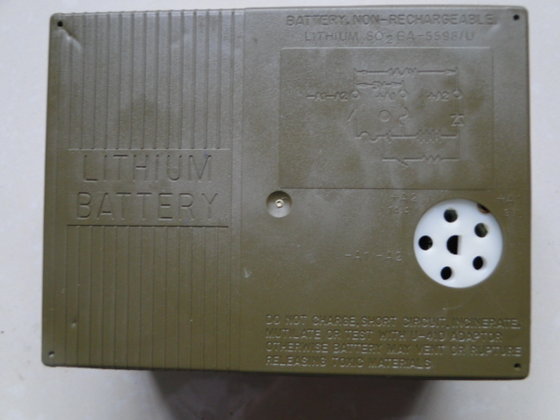I've been having a bit of give and take with one of the players regarding his thermal sight. I know those things are pretty small now, but I always have the image of this guy in my head from the old US Vehicle guide.
Is that thing a thermal sight And what should I be looking at as a period piece of technology. By which I mean, a 2000 era item envisioned in 1980 something.
Thanks,
Chris
Is that thing a thermal sight And what should I be looking at as a period piece of technology. By which I mean, a 2000 era item envisioned in 1980 something.
Thanks,
Chris







Comment